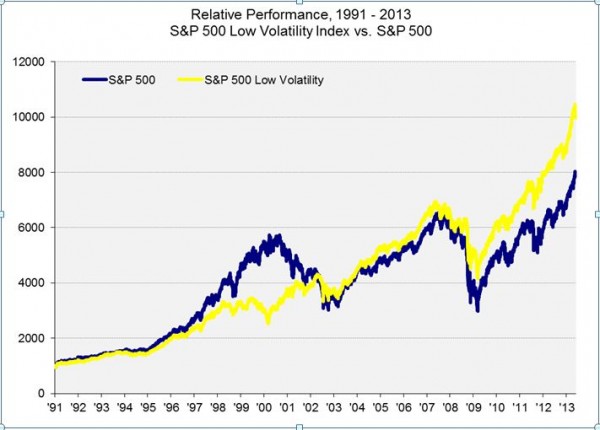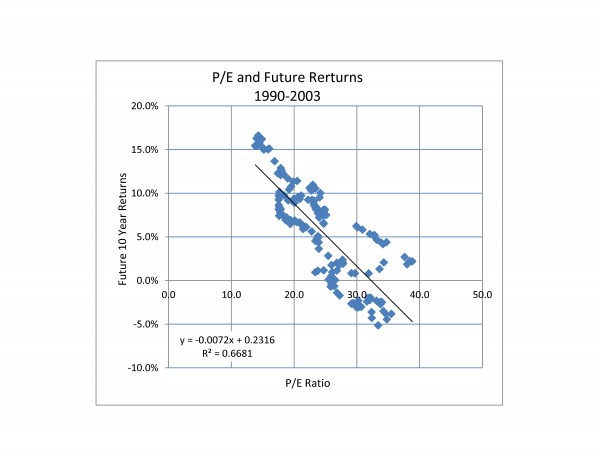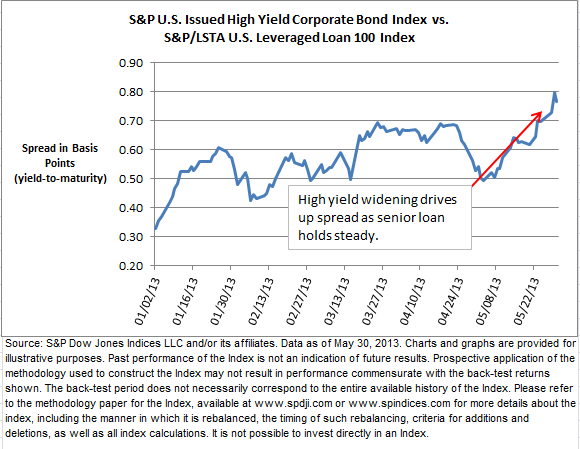http://www.pensionsage.com/pa/a-safer-bet.php
Read the article in PensionsAge by Peter Carvill, looking at the shifting commodities landscape.
In recent decades, investment by pension funds into commodities has been seen as something approaching what may be described as a way to counter-balance the risks from traditional stocks and bonds. As The Role of Commodities in an Institutional Portfolio states: “The case for commodities is based largely on their historical tendency to offer returns that exhibit a low correlation with those of stock and bond market indices. Although commodities may be volatile, their low correlation with traditional investments can result in a significant diversification benefit.” …
… “The real benefit of commodities, says S&P Dow Jones Indices head of commodities indices Jodie Gunzberg, is that…” A safer bet?
The posts on this blog are opinions, not advice. Please read our Disclaimers.















































